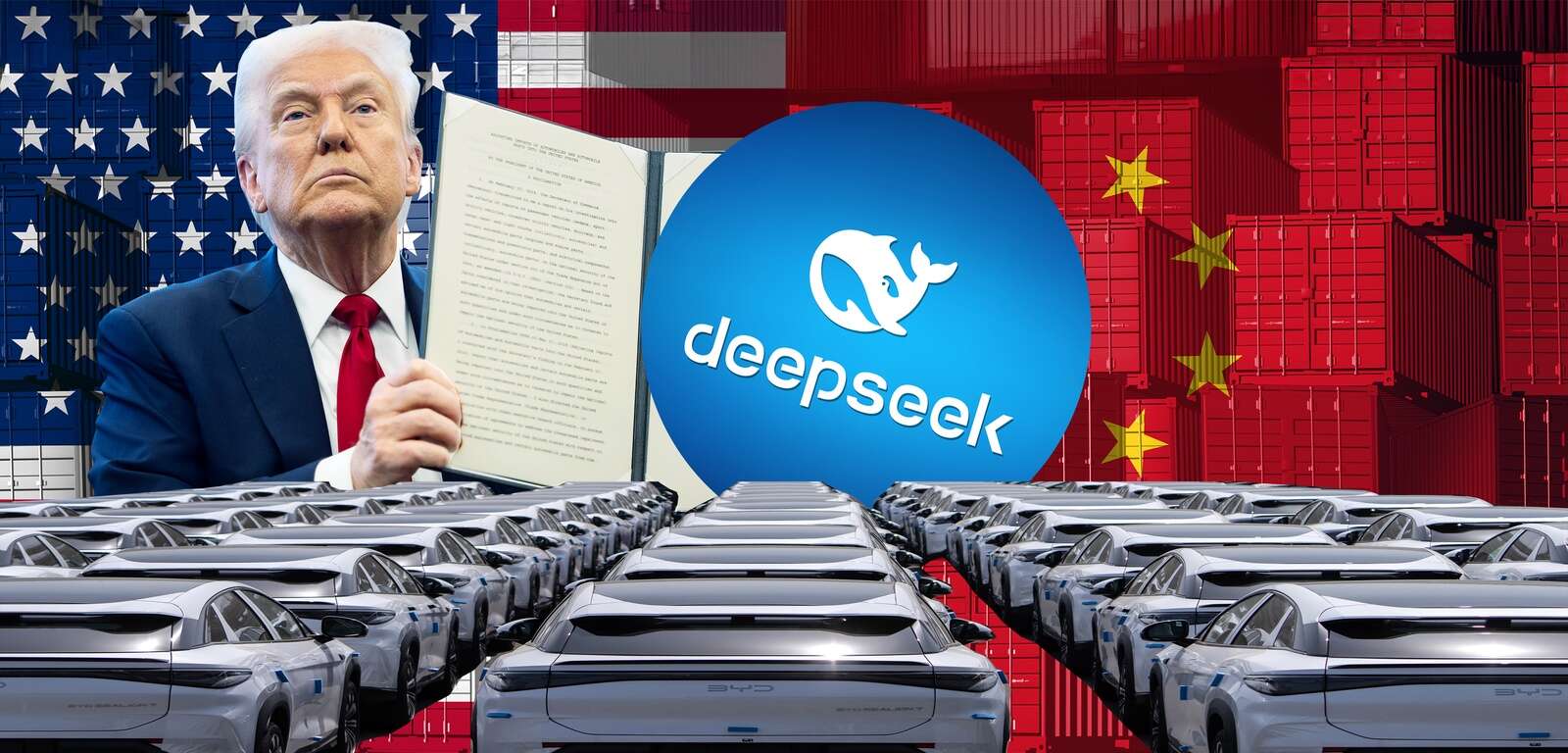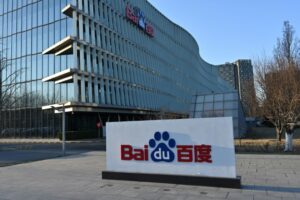Vincent Boland: China’s Strong Position to Navigate Trade Tensions with the US, Thanks to DeepSeek and BYD

Breakthroughs by Chinese Companies Shake Global Markets
Introduction
This year marks significant advances from Chinese companies that have sent ripples through the global stock markets, prompting concerns about the technological and industrial dominance of the United States. With these developments, the balance in the tech landscape is changing, raising questions about future competition and market stability.
Notable Breakthroughs
Two major breakthroughs from China have caught the world’s attention, causing a stir among investors and industry analysts alike.
1. Technological Advancement
Chinese firms are rapidly innovating in sectors such as artificial intelligence (AI), telecommunications, and renewable energy. For instance, advancements in AI technology have led to products that rival those offered by American tech giants. This not only poses a challenge to U.S. companies but also highlights the growing prowess of China in high-tech industries.
2. Industrial Capabilities
China’s manufacturing capabilities continue to evolve. Recently, companies have introduced cutting-edge manufacturing processes that increase efficiency and reduce costs, enabling them to produce high-quality goods at lower prices. This greater efficiency risks undermining the market position of U.S. manufacturers, who may struggle to compete with these enhanced production techniques.
Market Reactions
The reaction from the stock markets has been swift. As news of these breakthroughs spreads, stock prices for both U.S. tech companies and global industrial firms have fluctuated dramatically. This uncertainty is partly driven by fears that escalating competition from China could diminish the U.S.’s historical lead in technology and manufacturing.
Economic Implications
- Investment Shifts: Investors may start reallocating their capital toward Chinese companies that demonstrate growth potential, especially in tech and green energy sectors.
- Global Supply Chain Changes: Companies worldwide could reevaluate their supply chains, possibly increasing reliance on Chinese products and materials.
- Regulatory Responses: The U.S. government might implement new policies aimed at protecting its tech industry, such as stricter export controls or tariffs on Chinese goods.
Growing Concerns about U.S. Readiness
As these developments unfold, concerns are growing regarding the United States’ readiness for potential trade conflicts. Analysts note that while China is pushing ahead with innovative technologies and efficient industrial practices, the U.S. may appear less stable and prepared to confront these changes.
Perceptions of Decline
The perception of a declining U.S. tech dominance could lead to a loss of investor confidence, resulting in decreased investments in American companies. As more confidence shifts to Chinese enterprises, American firms may experience extended periods of stagnation, prompting calls for more aggressive strategies to reclaim market dominance.
China’s Competitive Edge
Several factors contribute to China’s competitive advantage:
- Government Support: The Chinese government provides substantial support to technology and manufacturing sectors, facilitating rapid innovation and industry growth.
- Skilled Workforce: A large, skilled workforce constitutes a major asset for Chinese firms, enhancing their productivity and innovation capabilities.
- Strategic Investments: Chinese companies are increasingly making strategic investments in global technology firms, which can lead to collaborative innovation and access to advanced technologies.
Conclusion
The breakthroughs by Chinese companies illustrate a shifting landscape in global technology and manufacturing markets. As these changes unfold, they present both opportunities and challenges that will shape the future of international trade and economic power dynamics. The tech industry, in particular, stands at a crossroads, where the decisions made today will have long-lasting implications for companies and countries around the world.






